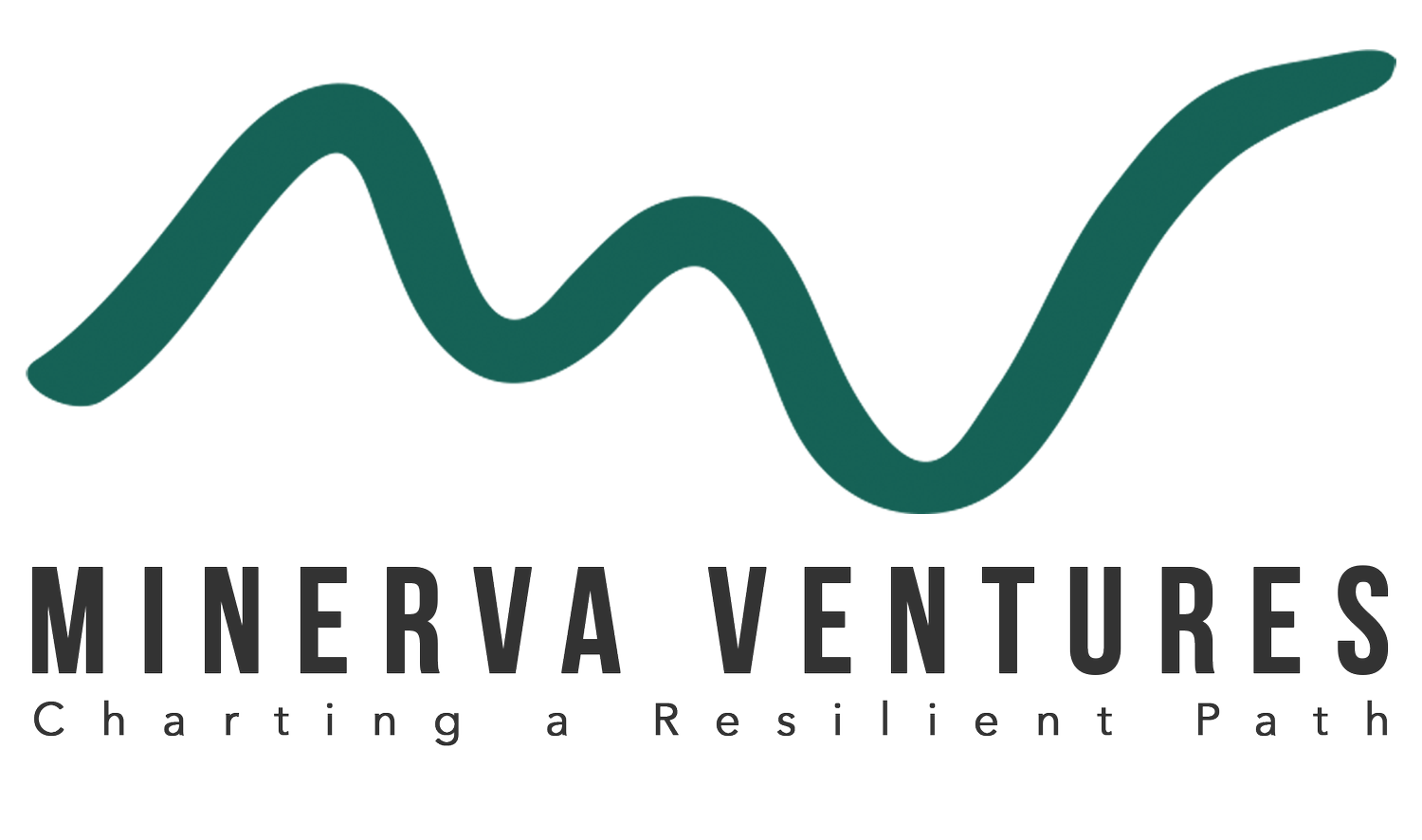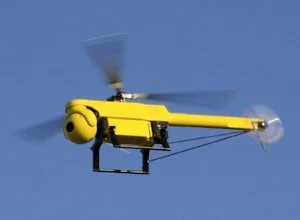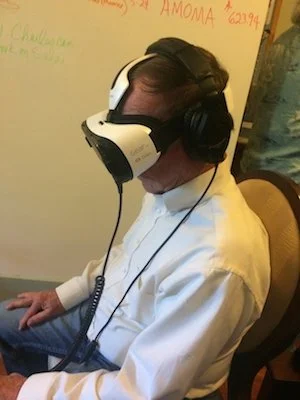Vomit and Loneliness
Welcome to the future of self-driving vehicles.
Scenario: Imagine you are a high-paid tech worker, financial analyst or lawyer employed in downtown San Francisco. You log long hours, toiling away on code or research or preparing contracts or litigation. After 12-14 hours (or more!) in the trenches, you use your smartphone to hail an autonomous vehicle that whisks you away to your exclusive apartment building. A secure elevator zips you directly to your floor and you exit to a modern but empty hallway and head to your door. The keyless entry buzzes you in and you prepare to unwind in front of your large-screen TV. You order take-out to be robo-delivered by drone to your balcony.
CSIRO_ScienceImage_10876_Camclone_T21_Unmanned_Autonomous_Vehicle_UAV_fitted_with_CSIRO_guidance_system
While you wait for the food to arrive, you work out on your expensive elliptical trainer wearing a virtual reality headset, with your eyes fixed on yet another flickering screen. You make sure that your dog has a continuous supply of Prozac to counteract his restless boredom while you are away all day. Your generous salary dwindles by the end of the month due to massive student loans, rent, a budget for expensive clothing, dog walkers, and meals out at high-end restaurants when you do manage to get together with friends or meet someone from a dating app. You feel that you know the lives and feelings of the characters on the shows you binge-watch on Netflix better than you know your own family and colleagues.
Can virtual reality exacerbate loneliness?
Scenario: You call up a self-driving vehicle only to open the door and find that the passenger before you vomited the dinner they ate after pounding shots at the local bar. Who will clean it up? You left your laptop in the last vehicle you rode in. Who will retrieve it for you and who will prevent the next passenger from taking it for him or herself? You are new to the city and want advice about where to go, rather than asking your non-existent driver, you use a social app to get advice from strangers. Never needing to exchange pleasantries or thoughts with another human being is a hallmark of the ultimate high-tech life.
Scenario: You are zooming along through synchronized lights on your way to your destination. You look out the window and notice encampments of homeless people under the freeway overpasses and in between buildings and rail tracks. As automation and artificial intelligence advance relentlessly into more fields and professions, companies celebrate that they are saving money by removing labor. People who don’t have advanced technical skills find it increasingly hard to find employment, particularly full-time jobs that pay well and offer insurance and other benefits. Long-time residents of the City find themselves priced out of neighborhoods where they grew up, as higher paid tech workers move in and drive up housing prices.
Exhaustion, loneliness and a lack of meaning permeate your outwardly glamorous life. You find yourself stuck on a seamless, quiet, but relentless, hamster wheel of pressure, responsibility and postponement of your vanishing dreams that your life would someday make a difference.
Is there an alternative to this bleak future?
There is a burgeoning movement of people building tiny homes and creating communities with some shared facilities, gardens and independent living units. People are pioneering agriculture in urban settings, creating farms in empty lots, and bringing healthy, organic food to previous food deserts. People are creating products and services through crafting, 3 D printing and through other innovative pathways. Entrepreneurs are forming enterprises that aim to contribute social impact as well as a reasonable financial return. Scientists and engineers are designing solutions to make us more resilient to the consequences of climate change and to reduce green house gas emissions in order to prevent future harm. Men and women are running for public office and finding many other ways to serve their communities and to work in the public interest. Adults volunteer to tutor students or deliver meals to the homebound elderly. Young people join together to sue the US Government for failing to protect their future.
Tiny houses in Portland, Oregon
People get around on bikes and by walking on tree-lined streets to work, shop and socialize in neighborhood centers. Parents trust that their children will be safe to bike, walk or take the bus to school and back on their own, without having to hover over them. Most cars are electric and used sparingly. Public transit is ubiquitous and convenient.
Advocates are creating social support systems for seniors and forming multi-age co-housing communities and co-working spaces to ensure that people of all ages have contact with one another, thereby reducing loneliness as well as reducing the residents’ cost of living. Local businesses are springing up to offer an alternative to the uninspired big box stores, restaurants and other corporate chains and products. Poets, artists, dancers and musicians have community-supported life/work spaces and contribute their creativity to a rich and dynamic cultural life.
The climate system is massive and the impacts of the warming we have already set in motion will continue to become manifest. The more we know one another, the more resilient our communities become. A drone delivering chicken soup does not have the same healing power as a neighbor or loved one bringing you homemade soup. We human beings are mammals first. We need one another. We are not designed for solo existence.
So beware of the lure of the autonomous vehicle. They may cut down on pollution and congestion, but with it, we may also lose opportunities for human interaction, and someone who cares enough about the vehicle and his or her passengers to clean up the vomit of the previous rider.



